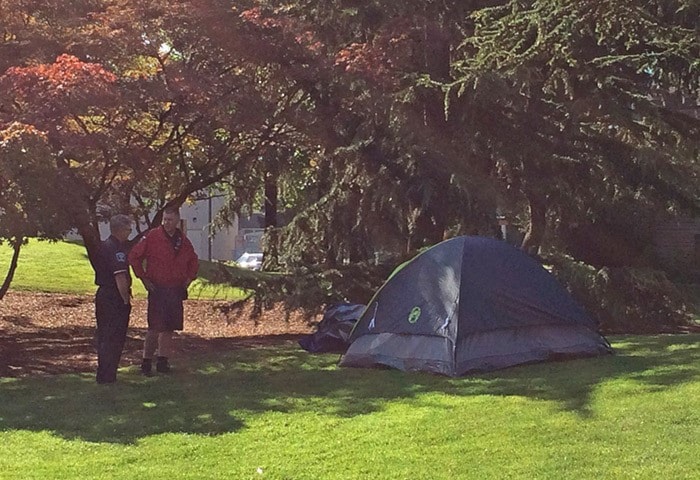The recent court ruling that essentially forces municipalities to allow people without shelter to camp in city parks has sparked another round of demands for action on homelessness.
One recurring refrain is to look at Medicine Hat – a small Alberta city that in 2009 vowed to end homelessness by 2015.
Although that date has come and gone, the city has made enormous strides in addressing an issue that is plaguing many urban centres.
That success has not gone unnoticed.
Cities from Victoria to Ontario have taken note of what a small city of 63,000 has accomplished in just seven years.
But while there is much we can learn from the Medicine Hat experience, perhaps the biggest lesson is the importance of federal and provincial involvement.
That’s something that seems lost on too many critics of what Chilliwack has attempted so far.
The Medicine Hat Community Homeless Society was created 10 years ago through the amalgamation of agencies working to help people in need. It adopted the “housing first” philosophy that says individuals can’t address more complex issues like mental health and addiction if their primary concern is finding a place to sleep.
It has a staff of nearly 40 people with a goal to look beyond providing emergency shelter, and find long term housing solutions.
As an alderman, Ted Clugston was an early skeptic. But as Medicine Hat’s mayor he’s become the program’s most visible champion.
He was recently invited to Victoria (a city that has had its share of challenges dealing with homelessness) to share his experiences.
Since the society was created, it has provided housing for nearly 1,000 people.
But it hasn’t done it alone, the mayor said. In fact, he told the Victoria News, most of the money comes from the Alberta government.
Indeed, in 2014 the Society received $3.9 million from the province and $265,000 from the federal government. Only $89,000 came from municipal coffers.
It’s money well spent, insists Clugston. It may cost the society $20,000 to find appropriate housing for someone in Medicine Hat, but it can cost six times that if they’re left on the streets.
But it’s also money that most municipalities don’t have.
“The people who are blaming the mayors have to stop because mayors don’t have the money to do it,” he told The News.
And there’s the rub: While Medicine Hat may have a model we can learn from, we can’t ignore how it’s funded.
